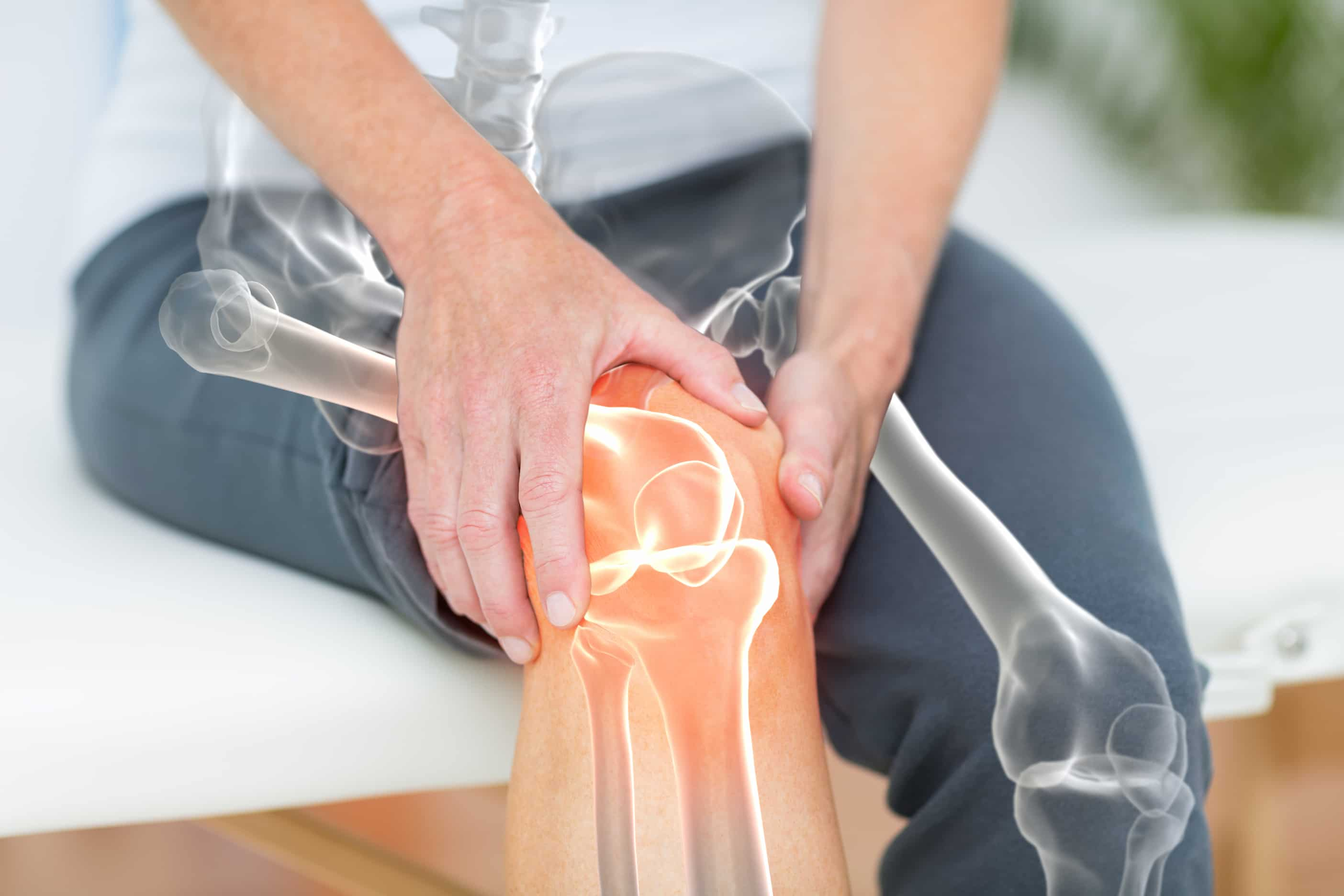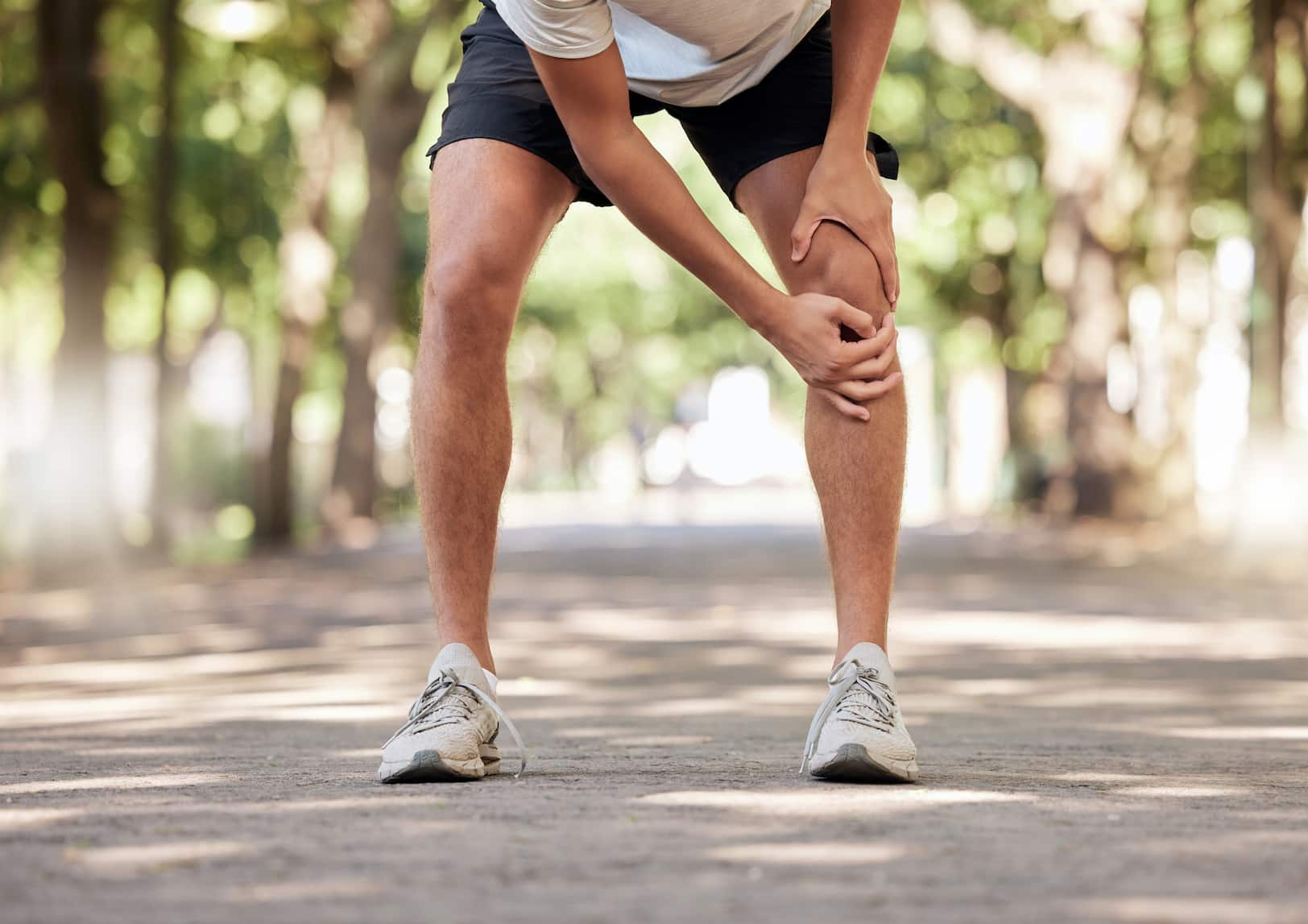
Living with Arthritis of the Knee
Arthritis in the knee can be a challenging condition that affects many aspects of daily life, from mobility and independence to overall health and wellbeing. But with the right strategies and support, it’s possible to manage your symptoms and live a fulfilling life. In this blog, we’ll share some tips and strategies for living with arthritis in the knee, including ways to manage pain, stay active, and adapt your environment to reduce strain on your joints.
By taking a proactive approach to your health and wellbeing, you can reduce the impact of knee arthritis on your daily life and continue to enjoy the things you love. Whether you’re newly diagnosed or have been living with arthritis in the knee for some time, these tips can help you take control of your symptoms and live a more comfortable and fulfilling life. So, let’s dive in and explore some of the key strategies for living with arthritis in the knee.
What Is Arthritis in the Knee?
Arthritis in the knee is a common condition that affects millions of people around the world. It occurs when the cartilage that cushions the joints begins to wear away, leading to pain, stiffness, and swelling. There are several different types of arthritis that can affect the knee, including osteoarthritis, rheumatoid arthritis, and post-traumatic arthritis. Each type has its own causes and symptoms, but they all share a common feature: damage to the joint that leads to pain and discomfort.
If you’re experiencing pain or discomfort in your knee, it’s important to speak to your doctor or a healthcare professional for an accurate diagnosis and treatment plan. By understanding what arthritis in the knee is and how it can affect your health and wellbeing, you can take the first step towards managing your symptoms and improving your quality of life. So, let’s take a closer look at this condition and explore some of the key factors that contribute to its development and progression.

How Serious is Arthritis in the Knee?
Arthritis in the knee can be a serious condition that requires ongoing management to prevent it from getting worse. If left untreated, knee arthritis can lead to joint damage, deformity, and disability. In some cases, surgery may be required to replace or repair the damaged joint.
However, it’s important to note that not everyone with knee arthritis will experience these more serious outcomes. The severity of arthritis in the knee can vary depending on factors such as the extent of cartilage damage, age, overall health, and lifestyle.
Can I Live a Normal Life with Knee Arthritis?
The good news is that it is possible to live a normal life with knee arthritis. While the condition may require some adjustments to your daily routine, there are many things you can do to manage your symptoms and maintain your quality of life.
Here are some tips for living with arthritis in the knee:
Stay active: Regular exercise is important for managing arthritis in the knee. While it may seem counterintuitive to move when your knee is painful or stiff, staying active can actually help to reduce pain and improve mobility. Low-impact activities such as swimming, cycling, and yoga are particularly beneficial for knee arthritis, as they help to strengthen the muscles around the knee joint without putting excessive strain on the joint itself. Aim to do at least 30 minutes of exercise most days of the week, and speak to your doctor or a physiotherapist if you need guidance on what types of exercise are safe and effective for you.
Maintain a healthy weight: Excess weight can put extra stress on the knee joint and exacerbate arthritis symptoms. Losing weight can help to reduce pain and improve mobility, as well as lower the risk of joint damage and other health problems such as heart disease. If you’re struggling to lose weight on your own, speak to your doctor or a registered dietitian for advice on healthy eating habits and exercise routines that can support your weight loss goals.
Use assistive devices: Assistive devices such as knee braces, crutches, and canes can help to support the knee joint and improve mobility. Your doctor or physiotherapist can recommend the best type of device for your needs and show you how to use it safely and effectively. Manage pain: There are many strategies for managing pain associated with knee arthritis, including over-the-counter pain relievers, hot and cold therapy, and physical therapy. Your doctor or physiotherapist can help you develop a pain management plan that works for you.
Adapt Your environment: Simple modifications to your home and workplace can make it easier to manage arthritis symptoms. For example, installing hand rails in the bathroom or using a raised toilet seat can help to reduce strain on the knee joint when getting up and down. Using a cushioned mat or wearing supportive shoes can also help to reduce impact on the knee joint when standing or walking for long periods.
Get support: Living with arthritis in the knee can be challenging, and it’s important to have a support system in place. This can include family and friends, as well as healthcare professionals such as your doctor, physiotherapist, or a support group for people with arthritis. By staying active, maintaining a healthy weight, using assistive devices, managing pain, adapting your environment, and seeking support, it’s possible to live a fulfilling life with arthritis in the knee.
The Study of Knee Arthritis
A recent study published in the Journal of Arthritis Research examined the effectiveness of exercise in managing knee arthritis. The study followed a group of participants with knee arthritis who engaged in a supervised exercise program for 12 weeks. The results showed a significant reduction in pain, improved joint mobility, and increased muscle strength among the participants. This research underscores the importance of exercise as a valuable strategy for managing knee arthritis and improving overall quality of life.
Exercise for Knee Arthritis
Exercise is an important part of managing arthritis in the knee, as it can help to improve mobility, reduce pain, and increase strength and flexibility in the joint. However, it’s important to approach exercise carefully and with guidance from a healthcare professional, as certain types of exercise may aggravate your symptoms and cause further damage to the joint. In this blog, we’ll explore some of the best exercises for managing knee arthritis, as well as tips for staying safe and avoiding injury.
By incorporating exercise into your daily routine, you can improve your overall health and wellbeing, reduce pain and stiffness, and increase your ability to perform daily tasks. Whether you’re new to exercise or have been living with knee arthritis for some time, these tips can help you take control of your symptoms and lead a more active and fulfilling life. So, let’s dive in and explore some of the best exercises for managing knee arthritis.
Conclusion
Arthritis in the knee can be a serious and debilitating condition, but it doesn’t have to define your life. By taking steps to manage your symptoms and maintain your health and wellbeing, you can continue to enjoy the things you love and live a fulfilling life. If you are struggling with knee arthritis, speak to your doctor or a healthcare professional at Healthy Türkiye for guidance on the best treatment and management options for your individual needs.